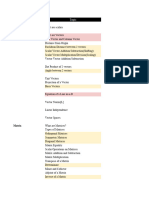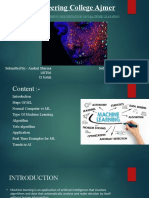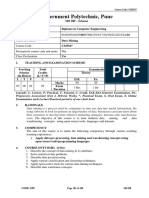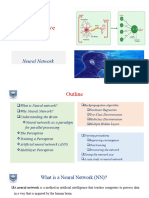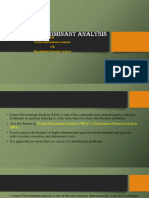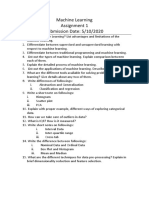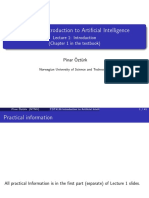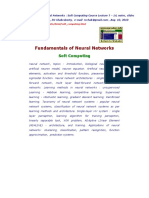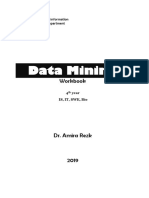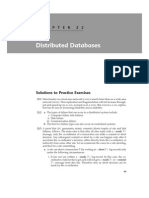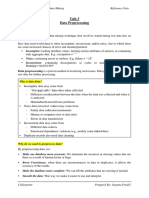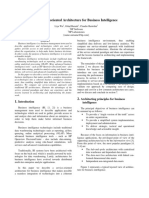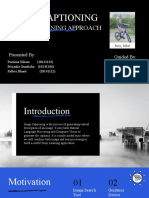0% found this document useful (0 votes)
107 views37 pagesMachine Learning: Louis Fippo Fitime
This document provides an overview of machine learning. It discusses the need for machine learning, how it differs from traditional programming, and defines machine learning formally. It also covers machine learning methods like supervised learning, unsupervised learning, reinforcement learning, and challenges of machine learning. Real-world applications discussed include product recommendations, sentiment analysis, anomaly detection, and fraud detection.
Uploaded by
Florian komCopyright
© © All Rights Reserved
We take content rights seriously. If you suspect this is your content, claim it here.
Available Formats
Download as PDF, TXT or read online on Scribd
0% found this document useful (0 votes)
107 views37 pagesMachine Learning: Louis Fippo Fitime
This document provides an overview of machine learning. It discusses the need for machine learning, how it differs from traditional programming, and defines machine learning formally. It also covers machine learning methods like supervised learning, unsupervised learning, reinforcement learning, and challenges of machine learning. Real-world applications discussed include product recommendations, sentiment analysis, anomaly detection, and fraud detection.
Uploaded by
Florian komCopyright
© © All Rights Reserved
We take content rights seriously. If you suspect this is your content, claim it here.
Available Formats
Download as PDF, TXT or read online on Scribd
/ 37

